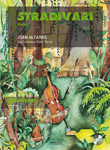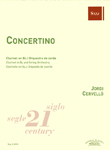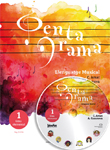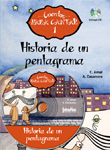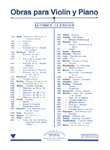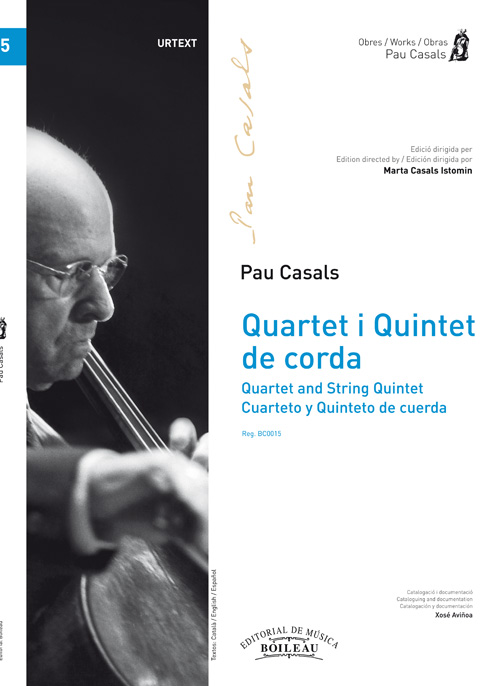Cuarteto y Quinteto de Cuerda
Quartet de corda en Mi menor - Minuet (sin particellas)
Cuarteto cuerda - Quinteto cuerda
CASALS, Pau; CASALS, PabloReg.: BC0015
24,70 €
P.V.P. (VAT included 4%)
Add to cart
- Review: CASALS ISTOMIN, Marta
- Ensemble: Quartets: .
Quintets: . - Genres: Classical / contemporary: Chamber.
- Language of the comment: Spanish, Catalan, English
- Product format: Partitura
- Difficulty level: Advanced-superior
- Period: 2nd half S. XX - XXI
- Publishing house: Editorial Boileau
- Collection: Pau Casals
- No. of pages: 72
- Measure: 21,00 x 23,00 cm
- Lenght: 19'00''
- ISBN: 978-84-15381-70-9
- ISMN: 979-0-3503-3703-1
- Available in digital: No
- Available for rent: No
THE MATERIALS ARE SOLD SEPARATELY
In 1894, at the age of 16, Pau Casals was invited to play for the Queen Regent María Cristina. In this concert the talent young cellist had the opportunity to present himself both as a cellist and as a composer. As he told the story years later, he performed, along with the violinists Arbós and Bordas and a violist whose name he did not remember, his “first” quartet —actually the only one known. Count Morphy had previously heard this work.
The Quartet in E Minor, composed in 1893, is an ambitious work in terms of its technical difficulty. Its musical content has a close relationship with the repertory that Casals frequently performed: a musical language closely related to European music of the XIX Century with vague echoes of the music of Bach. In spite of being a youthful work, the piece demonstrates a notable knowledge of harmony, counterpoint and formal development.
The work is written in three movements of which only the first, «Allegretto», is actually in the tonality of E minor. The movement begins with a descending phrase played by the first violin which throughout the movement is repeated and developed in contrast to the secondary theme «Allegretto», which is presented in the major mode by the second violin. Both themes are presented with material that is used in various episodes throughout the movement.
The second movement, «Andante», is in A minor and has a carácter that is somewhere between a lament and a cradle song. In contrast to the first movement, there is a very brief phrase which highlights the cello.
The final movement is a «Scherzo» in D Major. It appears posible that Casals might have had the intention to compose a fourth movement with a greater sense of finality.
The manuscript of the work, which is preserved in the Fundación Pau Casals, consists of 70 pages in which each movement bears an indication of the month in which it was completed: the first, at the end of February in Barcelona; the second in April in Madrid; and the final movement in August in Barcelona
1.
Pau Casals, apunt biogràfic
Pau Casals, biographical notes
Pau Casals, apunte biográfico
2.
Criteri de l’edició
Criteria for the publication
Criterio de la edición
3.
Criteri de la documentació i catalogació
Documentation and cataloguing criteria
Criterio de la documentación y catalogación
4.
Introducció a l’obra
Introduction to the work
Introducción a la obra
5.
Partitures / Scores / Partituras
- Minuet (Quintet de corda / String Quintet / Quinteto de cuerda)
- Quartet en Mi menor (in E minor)
6.
Catàleg / Catalog / Catálogo

